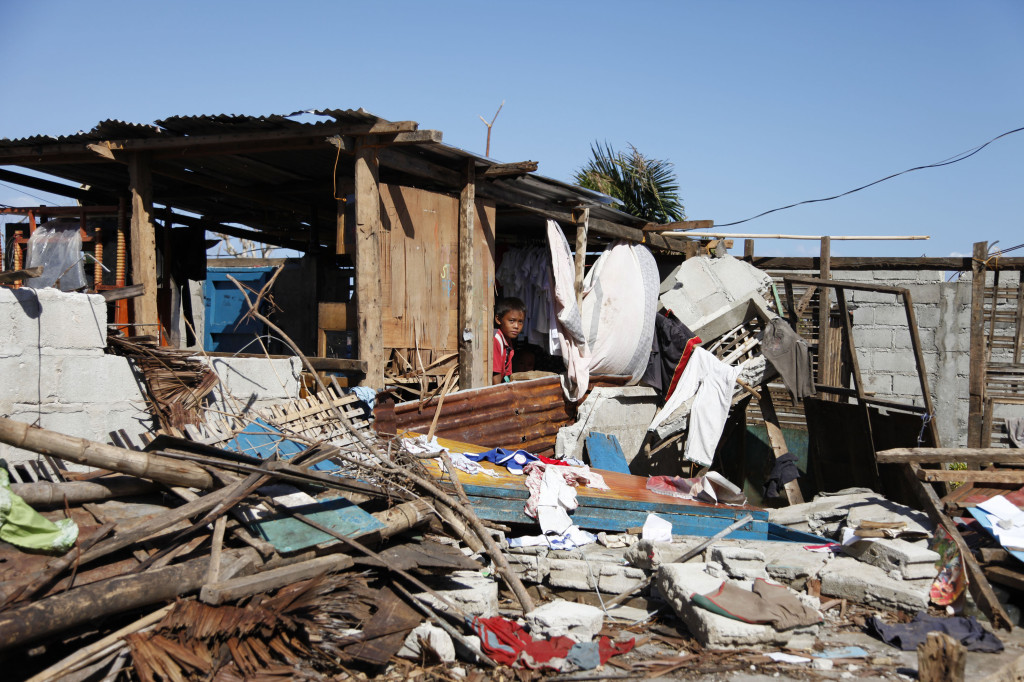It seems that into the news cycle of every natural disaster a new chapter has been added, the one in which climate change is debated as a possible cause. It is now part of the way we talk about disasters, and Typhoon Haiyan is no exception. Many have added their voices that the storm — possibly the strongest ever to make landfall — was spurred by global warming, and this has been followed by the now-standard warnings that this storm is merely the tip of the iceberg. Perhaps this time, the authors speculate, the world will finally wake up and begin to take action.
It is now part of the way we talk about disasters, and Typhoon Haiyan is no exception. Many have added their voices that the storm — possibly the strongest ever to make landfall — was spurred by global warming, and this has been followed by the now-standard warnings that this storm is merely the tip of the iceberg. Perhaps this time, the authors speculate, the world will finally wake up and begin to take action.
Yet these articles come at almost the precise time that Japan announces it is backing away from its former, ambitious goal of cutting country-wide CO2 emissions to twenty-five percent of 1990 levels by the year 2020. With its nuclear plants closed after the Fukushima meltdown, the government says that this goal is no longer possible, and is now aiming for a cut of 3.8 percent of 2005 levels. It’s a huge blow, considering Japan is the world’s fifth largest carbon emitter.
As easy as it is to bemoan this decision, it’s hard to criticize considering how lackluster our own national performance has been on the subject. It is news to no one that the United States has done woefully little to curb its emissions and shows no signs of doing so in the future.
Clearly the climate change portion of natural disaster coverage hasn’t done the trick yet.
In some ways, the purpose of all these news stories seems to be about educating people regarding the possible effects of climate change, and reiterating its very real existence. And this a commendable effort — but unfortunately, it’s not going to solve the problem. Polling numbers indicate that even in deeply red states like Texas, a majority of voters already think that climate change is real. Convincing more people is always a good idea, but clearly the numbers aren’t what’s going to save us all from impending doom.
The fact is that climate change is such a systemic problem, one driven by almost everything that people in the first world do on a daily basis, that it can’t be fixed by personal responsibility. It can only be fixed through far-reaching public policy. In other words, it’s up to the politicians, and they are not going to be swayed by news reports, whether about a typhoon in the Philippines or out-of-season tornadoes in the Midwest.
In the meantime, climate change has become part of our disaster news cycle, along with that little tinge of hope that surely this time, maybe, it will be enough to turn the tide. And maybe someday it will. After all, we live in a country prone to snow storms in the Northeast, hurricanes along the southeastern coasts, tornadoes all through the Midwest, and fires and droughts in the West and Southwest. Make no mistake, there’s going to be no shortage of devastating weather events. But raising public awareness as to what causes them isn’t enough to make them stop.

